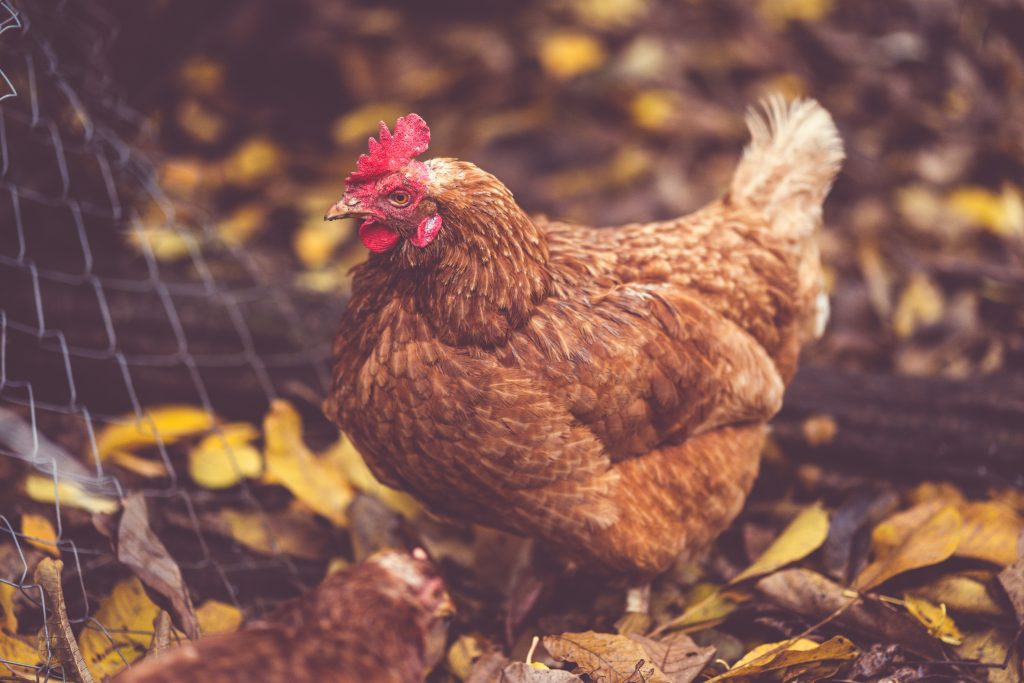Ever heard of a spring chicken? This phrase came about because it was common to start meat birds in the spring, along with other livestock on the farm. Meat birds were raised in the spring because that was when chicks were typically hatched, creating birds that were available for slaughter. Today, we have the tools necessary to make raising meat animals a year-round project.
Starting Meat Birds Late in the Year
Don’t avoid starting meat birds just because it’s late in the year. You can raise meat birds any time of the year as long as you plan ahead. When your chicks arrive, they will need to be kept warm. If it’s cold, get them quickly into the brooding area and have it warmed for them already. Most chick orders come to the local post office and have tracking information available. Go ahead and turn the heat lamps on in the brooding area the morning that your chicks are expected to arrive. This will knock out the cold air that is probably lingering.
Meat chicks, just like other chicks, need a certain temperature range to stay warm. The first two weeks, keep the temperature in the 90-95° F range. After that, lower the temperature by five degrees each week until the temperature is 70°. This can be trickier in the fall and winter than during the summer. You can maintain the temperature at a reasonable range by either using a thermometer in the brooding area or by observing the chicks. If you use a thermometer, make sure that it is at the level of the chicks. Putting it higher can give you an inaccurate reading because heat rises. If the chicks are too cold, they will huddle together under the heat lamp. If they are too hot, they will spread out along the edge of the brooder, away from the heat lamp. You can adjust the heat by lowering or raising the heat lamp, or by adding a heat lamp.

Fall Meat Birds and Growth
A well-warmed brooding area will help to ensure that your fall meat birds maintain a rapid growth rate. Keep feed available for them at all times and make sure that they have access to fresh drinking water. If the brooding area is warm enough, you shouldn’t have issues with frozen waterers.
Don’t try to feed your fall meat chicks a higher amount of protein than you would in the spring. It can seem like they need more food to keep warm, but too much protein can lead to growth issues, including ascites. Again, if the coop or brooding area is warm enough, you shouldn’t have to worry about feeding them more to keep them warm.
Consider the type of birds that you’ll raise in the fall. It makes sense to raise hybrid broilers, like the Cornish crosses, during the colder months. These birds don’t free range well anyways and are well-suited to living in a confined area, eating feed. Breeds that are typically free-ranged, like the Rudd Rangers, may be best raised in the summer. If you raised these birds in the fall, they wouldn’t be able to forage as much food, which could lead to slower growth. They may also get too cold when they are out, depending on their age and the weather where you are.
If you’ll do a little planning ahead, you can still manage to raise meat birds in the fall that grow fast and produce rich, tasty meat for your family.